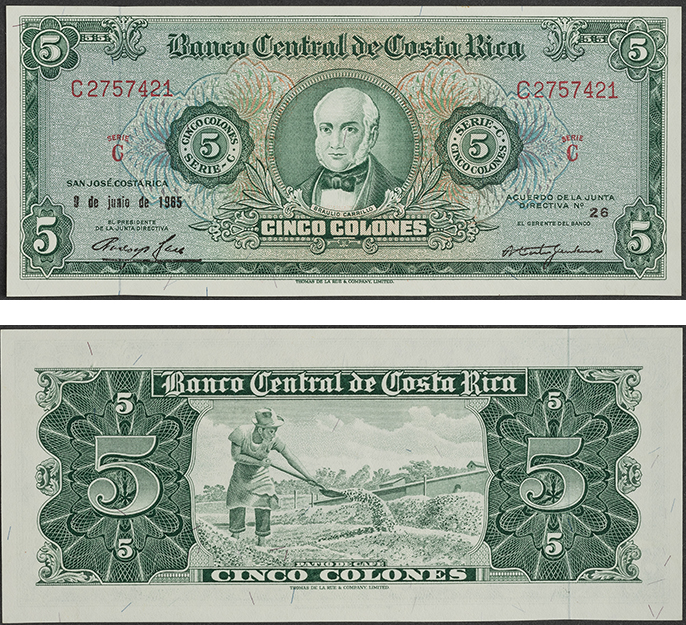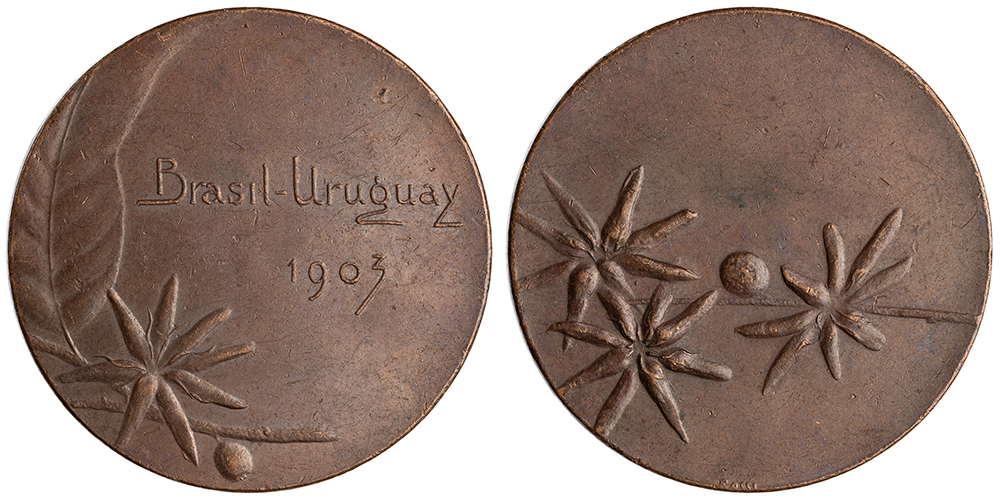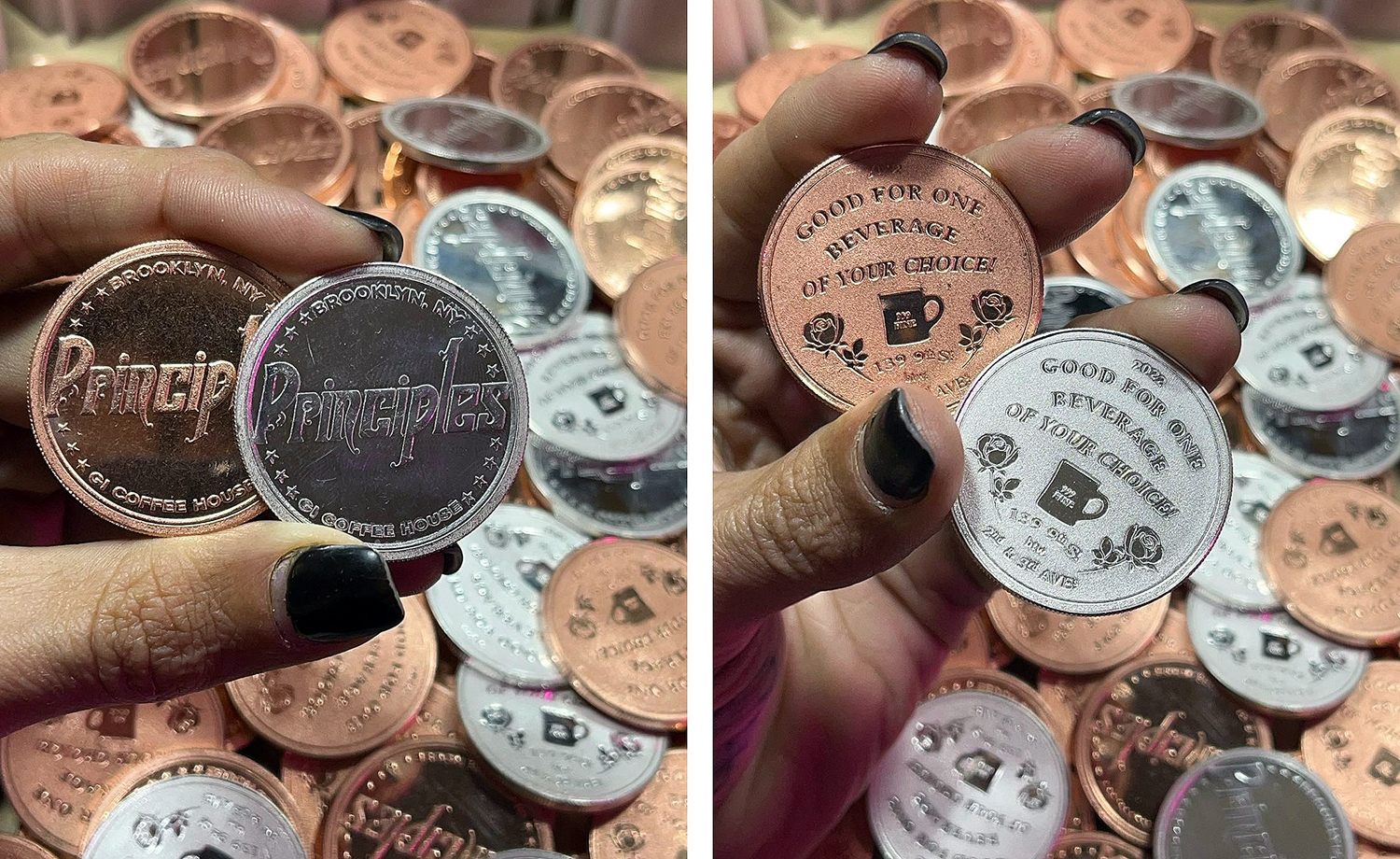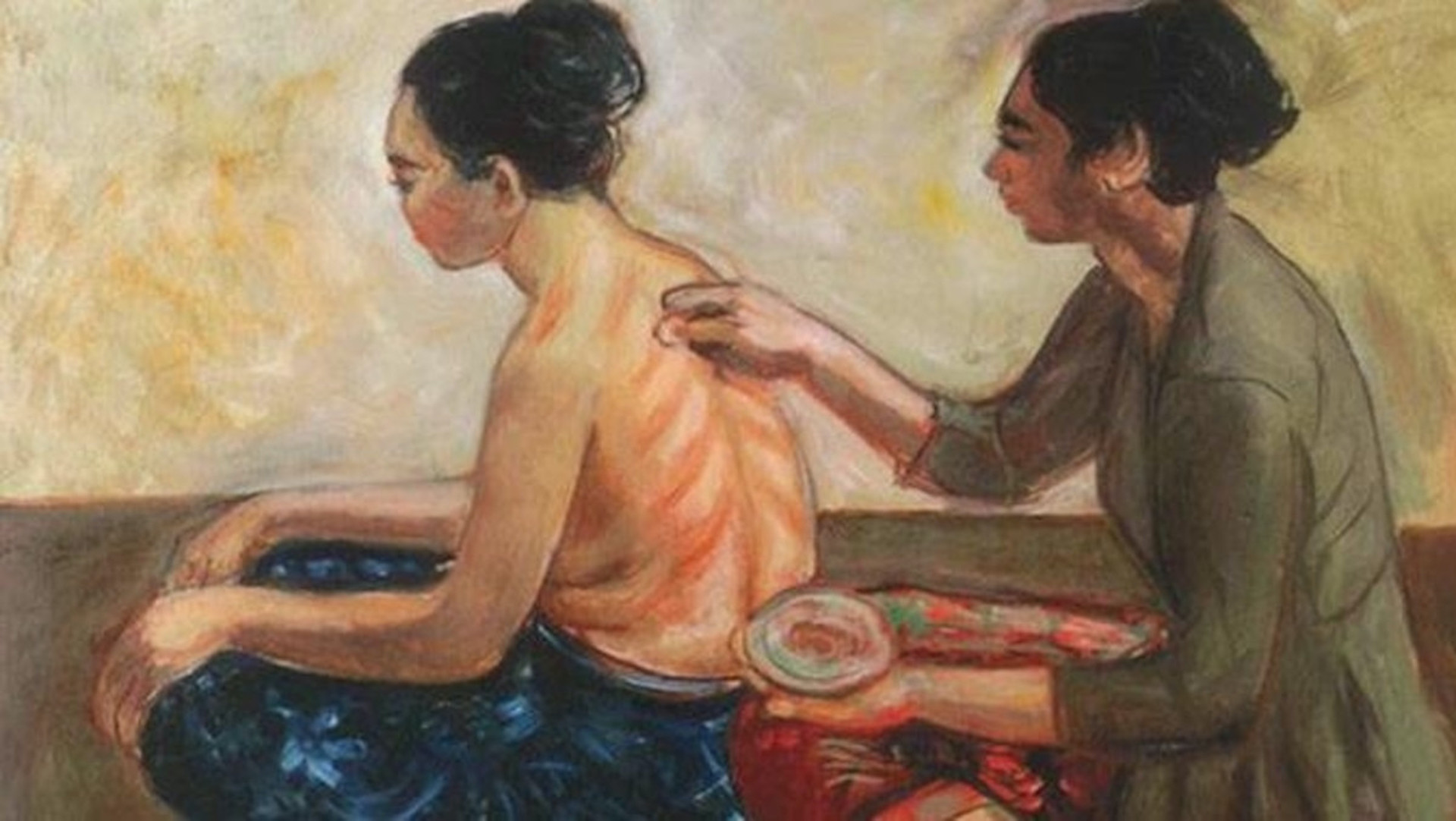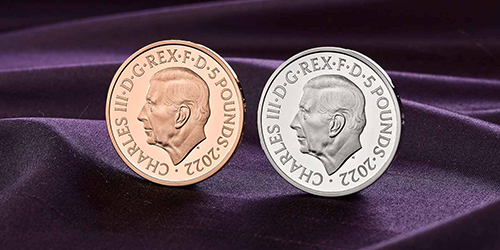A Caffeinated Tour of the ANS Collection
In the world of humorous coffee shop signs, there is one that has always rung particularly true for this numismatic devotee: “I Don’t Drink Coffee To Wake Up, I Wake Up To Drink Coffee.”
For many, coffee and tea drinks are mere caffeine delivery systems with varying levels of real or artificial sucrose. For others, they are magical brews sent down from on high, and possess an elevated status on par with the finest Grand Crus of Burgundy and the rarest of Scottish single malts. The truth of course lies somewhere in the middle, but after coming across a coffee-themed Civil War merchant token ultimately destined for the American Numismatic Society’s eBay store, it begged the question as to what other coffee or tea-related objects reside in the Society’s vast collection. Let us embark, then, on a kind of “world tour” as it were, to sample a few of the coins, tokens, and medals linked to the consumption of coffee or tea (sometimes both on the same object). These are presented with limited commentary, to illustrate the kind of broad searches that can be performed within the American Numismatic Society’s MANTIS database.

Islamic Department
Given that both coffee and tea were not introduced to Europe until the end of the 15th century and early 16th century respectively—interestingly, both sources of caffeine made landfall in Europe just decades apart—it is not surprising that a cursory search of the Greek, Roman, and Byzantine Departments do not yield any numismatic specimens with which this blog post is concerned. Suffice it to say, we are starting our journey in the Islamic Department, fitting when considering that the first historical accounts of coffee have its origins situated in present-day Yemen. That said, there are several fascinating (if not apocryphal) stories about coffee’s birthplace belonging to Ethiopia instead, which the reader is highly encouraged to explore on their own. Tea, of course, is just as popular as coffee (perhaps more so) in many Middle Eastern countries, so it is equally fitting that the first object on our numismatic tour is actually a bronze Iranian tea house token circa 1945–1956, an interesting piece that the author is keen to learn more about.
East Asian Department
Our next stop is the East Asian Department, more specifically China, the undisputed birthplace of tea, or Camellia sinensis. Here we also have a tea house token, this time in a copper alloy, oval-shaped, and uniface, with the reverse having an incuse impression of the characters on the obverse. It was issued by the Chung Ch’eng Tea House. Also featured is a wonderful tea brick produced by the Chao Li Qiao Brick Tea Manufacturing Company, circa 1875–1925. Although they are one of the few types of edible currencies known to circulate, the tea bricks that are still produced today have lost their role as a commonly accepted medium of exchange. According to the passage on brick tea in Robert D. Leonard’s Curious Currency, tea bricks came in various sizes, and mostly served the areas of eastern Tibet, Mongolia, and Siberia throughout the 19th century, and even into the early 20th century. Additionally, some tea bricks were of better or lesser quality depending on where they were intended to circulate, and whether the bricks contained Russian Cyrillic inscriptions or Chinese ones.
South Asian Department
If the reader is noticing a trend with respect to tea dominating the tokens found in the Islamic, East Asian, and now South Asian Departments, this is a function of the importance that tea plays in this region of the world, although one should not underestimate the popularity of coffee in countries such as Japan, Korea, and Vietnam, as well as in some Pacific Island nations (e.g., Hawaii) and Australia. The following bronze token was produced by the Lungla (Sylhet) Tea Co. Ld. Lungla Division, circa 1879–1900, and likely played a similar role as the previous tokens, either as advertising pieces, or tokens that could be exchanged for goods.
Modern Department
Crossing the threshold into the Modern Department, we see a shift to coffee-themed tokens, although there is no shortage of tea-related objects in MANTIS as well. First is a copper alloy token dated 1671 featuring the bust of an Ottoman Turk and “Solyman” on the obverse, almost certainly alluding to Suleiman I ‘The Magnificent’ (1494–1566), the longest-reigning Sultan of the Ottoman Empire, despite this token being issued by “Wards Coffee House” more than 100 years after the death of Suleiman I. Next is a copper alloy token dated slightly earlier (1669) issued by Charles Kiftell to advertise their “Coffee House In Cheap Side” by displaying a hand pouring a fresh cup of coffee into an eagerly-awaiting cup. What better call-to-action could a proprietor pick to advertise a drink that was (purportedly) declared fit for Christians to drink by Pope Clement VIII (1536–1605) a mere 69 years earlier in 1600—although the reader is encouraged to take this story with a grain of salt, or perhaps a pinch of sugar in the case of coffee. Lastly we have an undated but definitely modern-era aluminum token for an aptly named “Coffee Bar” in Regina, Saskatchewan, Canada—a purely utilitarian token versus one meant for advertising, as this piece was issued by the Saskatchewan Government Insurance Office.
United States Department
Representing the United States, highlighted here are two different tokens—although they are almost medal-like in their artistry—produced for the Union Coffee Co. Limited of New York in the 2nd half of the 19th century. One token, in white metal with proof-like surfaces, displays the head of a woman on the obverse, while the other token, in hard red rubber, boasts the bust of U.S. President John Adams. The “Alaroma” and “Bunola” on the obverse of both tokens refer to the two most popular brands of coffee that the Union Coffee Company produced. The company was a prolific issuer of tokens, and the hard rubber or vulcanite types featuring different U.S. Presidents were often released in multiple color varieties.
The final object representative of the United States is also representative of Canada, as it is a paper advertisement for a Buffalo, New York “Coffee House” pasted onto the obverse of an 1859 Canadian large cent—not wholly unsurprising given Buffalo’s proximity to the Canadian border. Also interesting is the volume of information the business chose to include; it’s evident they wanted to make the most of the large cent’s real estate by advertising the prices of no less than 10 items on this repurposed coin-token.
Latin America Department
Latin America is of course very well-known for their coffee production, so it should come as no great shock that several paper notes from Latin American countries contain printed engravings detailing various facets of coffee farming and production. On the reverse of this 1965 paper 5-Colon note of Costa Rica, a figure is seen drying unroasted “green” coffee beans in the sun, one of many steps required to get coffee from a farm to a consumer’s cup, a process wherein the final product often ends up many thousands of miles away from where it began.
Medals Department
Rounding out our “world tour” is another object from Latin America, but more specifically from the Medals Department. It is a simple but elegant medal featuring a coffee leaf, coffee flower, and coffee “cherry” (the fruit that encapsulates the two “beans” found in each cherry) along with the inscription “Uruguay-Brazil 1903” on the obverse, and three flowers and a cherry on the reverse.












